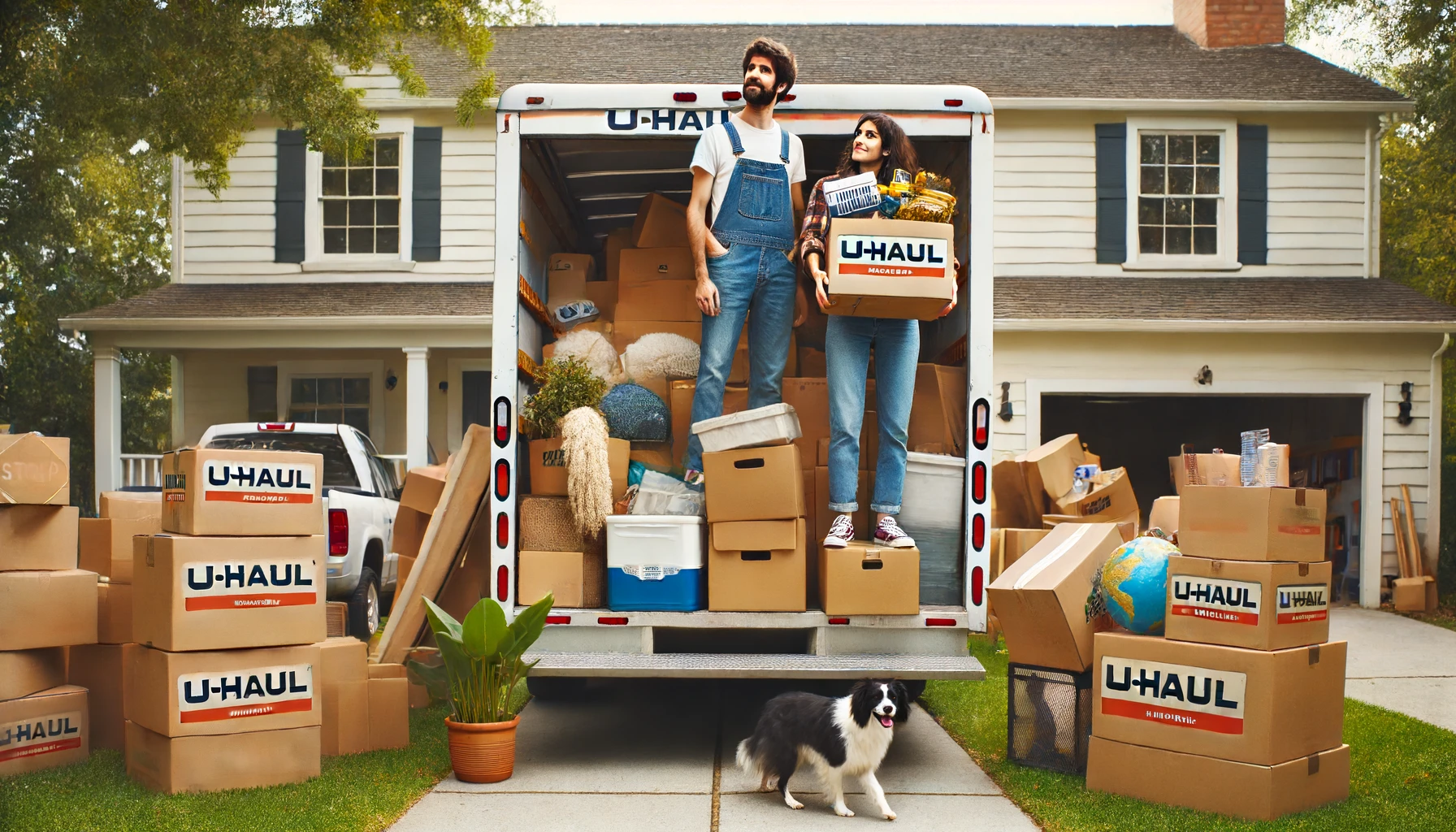Moving Yourself Across Country: Tips and Strategies for a Smooth Transition
Embarking on a cross-country move is a significant endeavor that demands meticulous planning and execution. Whether you’re relocating for a new job opportunity, to be closer to loved ones, or simply seeking a change of scenery, handling the move yourself can offer both financial savings and a sense of accomplishment. This guide provides practical tips and strategies to ensure your self-managed long-distance move is as smooth and stress-free as possible.
Planning Your Move
Start Early
Initiate your moving preparations at least two to three months in advance. Early planning allows ample time to organize, declutter, and make necessary arrangements without the pressure of looming deadlines.
“A successful move begins months before moving day,” says Tina Morano, a relocation coordinator at U-Pack. “Early prep ensures fewer surprises and better cost control.”
Create a Moving Checklist
Break your checklist into weekly goals. Week 1: Notify landlord/employer. Week 2: Begin purging. Week 3: Book moving truck. Week 4: Gather supplies. Use apps like Trello or Todoist to track progress and stay organized.
Set a Budget
Include costs such as:
- Truck rental: $800–$2,000+
- Fuel: $350–$700
- Lodging & meals: $100–$150/day
- Packing materials: $100–$300
- Storage, if needed
Add a 10–15% buffer for surprises.
Decluttering and Packing
Declutter
Use the “Four-Box Method”: Keep, Donate, Sell, Trash. Sell items on Facebook Marketplace. Donate to Goodwill or The Salvation Army.
“I cut my moving costs by nearly $500 just by offloading heavy furniture I didn’t love,” says Ashley Nguyen, who relocated from Boston to Denver in 2024.
Gather Packing Supplies
Gather boxes, tape, bubble wrap, blankets, markers, and labels. Check local stores for free boxes.
Pack Like a Pro
- Pack non-essentials early
- Color-code by room
- Use towels to cushion items
- Label contents and room
Each person should pack a personal essentials box with toiletries, charger, meds, and one outfit.
Renting a Moving Truck
Choose the Right Truck
- 10–12 ft: Studio/1BR
- 15–17 ft: 2BR
- 20–22 ft: 3BR
- 26 ft: 4+ BR
“Always round up in truck size. It’s better to have too much space than too little,” advises Lance Henderson, a Penske rental agent.
Reserve Early
Book your truck 6–8 weeks ahead, especially between May and September.
Understand the Fine Print
Check mileage limits, one-way fees, late penalties, and insurance. Take photos of the truck when picking up and returning.
Loading the Truck
Load Heavy Items First
Place large appliances/furniture at the front of the truck for balance. Distribute weight evenly left to right.
Protect and Secure
Use blankets, straps, and wrap. Fragile items should be boxed securely and marked clearly.
Maximize Space
Stack boxes by weight and use every gap. Fill holes with pillows, bedding, or clothing.
“Treat packing like a 3D puzzle,” suggests Tom O’Reilly, a former long-haul mover. “Tight packing means less shifting, less damage.”
Driving Cross Country
Plan Your Route
Use GPS, Roadtrippers, or Google Maps. Note fuel stations, rest stops, and accommodations.
Safety First
- Take breaks every 2–3 hours
- Avoid night driving
- Carry snacks, water, flashlight
- Keep emergency contacts handy
Weather Watch
In winter, carry chains and de-icer. In summer, monitor tire pressure and coolant.
Arriving at Your New Home
Unload Efficiently
Unload large items first. Take boxes to designated rooms to avoid chaos.
Inspect for Damage
Photograph damaged items. File claims within 24–48 hours if using insurance.
Settle in Gradually
- Start with kitchen and beds
- Install WiFi, unpack essentials
- Take breaks and explore your new area
Additional Tips
Hire Help Where Needed
Use TaskRabbit or local moving labor services for loading/unloading without hiring full-service movers.
Expect the Unexpected
Have backup plans. Expect delays and stay flexible.
“My rental truck broke down in Kansas. Customer service rerouted a tow and replacement truck within hours,” shares David P., who moved from Florida to Oregon in 2023.
Conclusion
Managing a cross-country move on your own takes effort, but it can be incredibly rewarding. With careful planning, strategic packing, and a flexible mindset, you can turn a stressful process into a smooth journey. By following these expert-approved steps, you’ll soon be enjoying life in your new home with pride and peace of mind.











